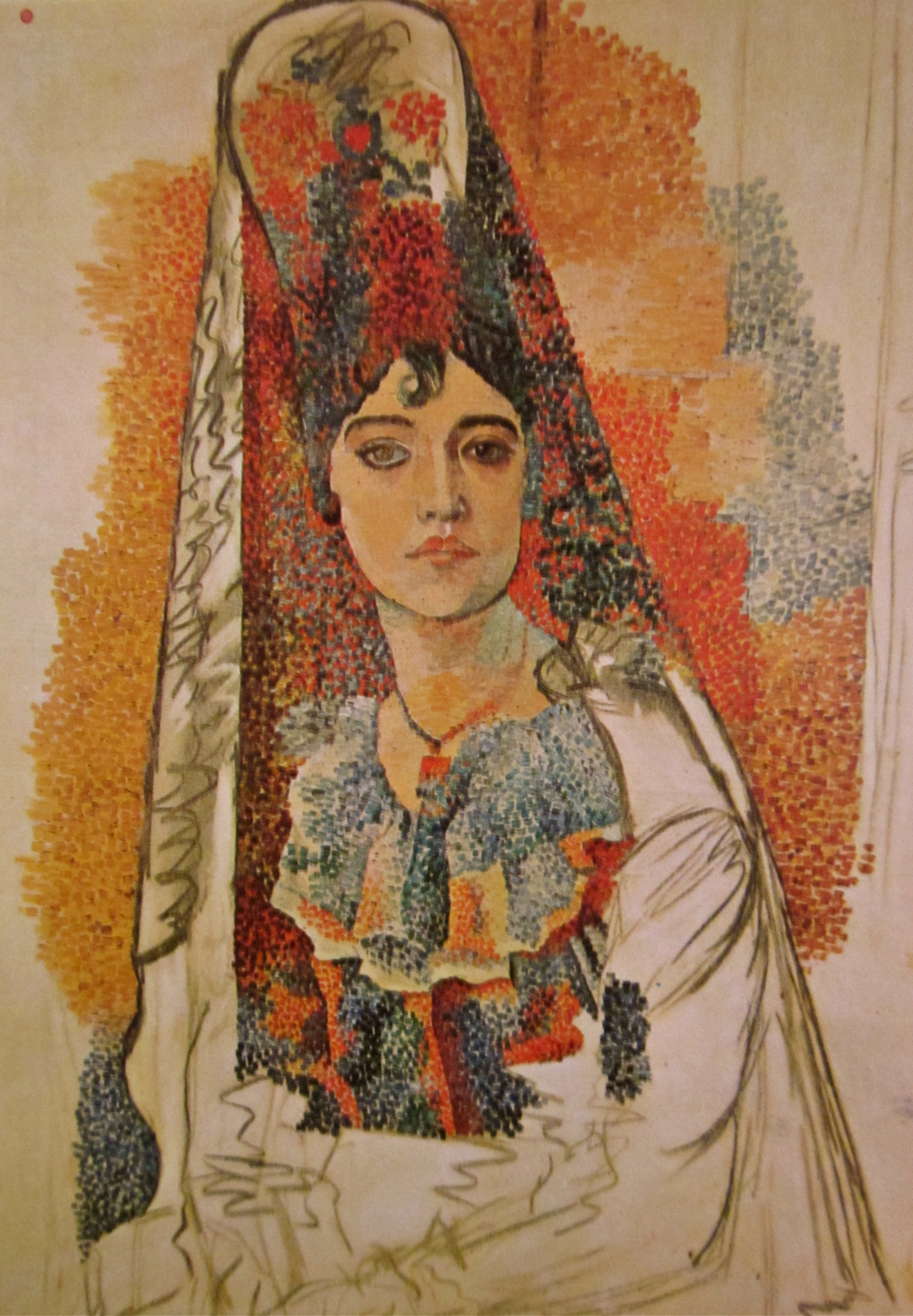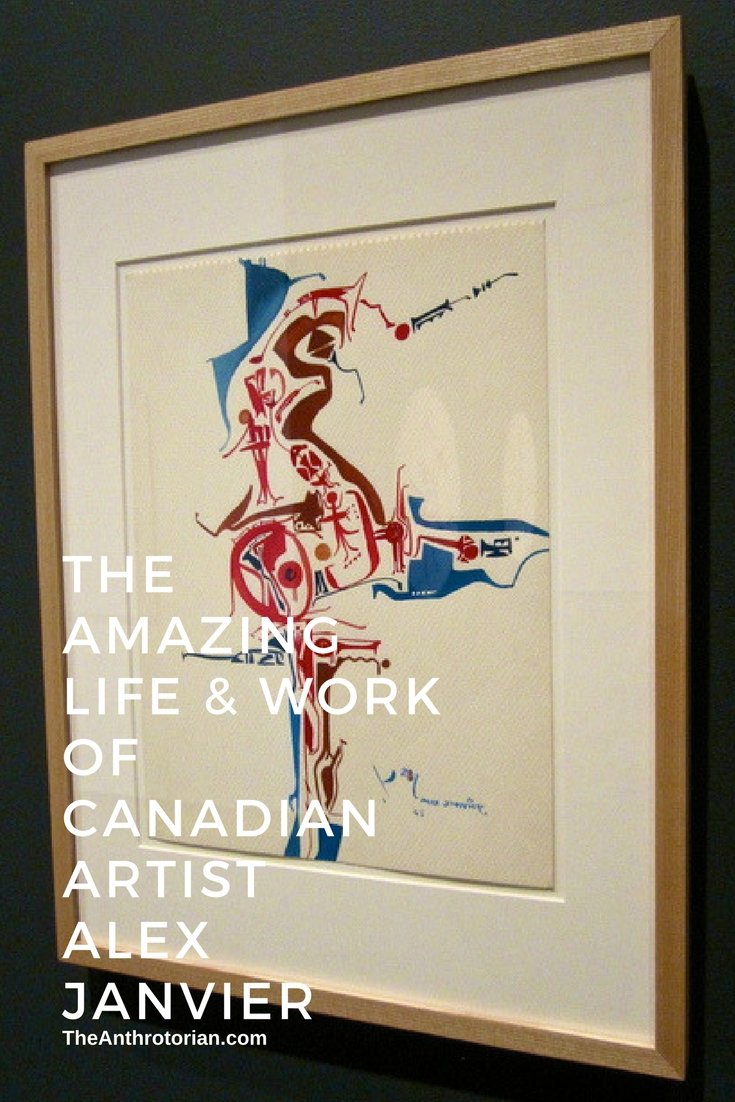After a reconstruction by architect Josef Paul Kleihues, the Hamburger Bahnhof reopened in 1996 as the Hamburger Bahnhof: Museum für Gegenwart — Museum for Contemporary Art — one of the first state museums in Berlin devoted to "living art."
Read MorePOP! A Brief Bio on the Iconic Andy Warhol
Beginning in the 1950s, artists influenced by Utopian American ads, Hollywood icons, pop music, comic books, and science fiction, started creating images that anyone walking down the street could recognize and declaring it art.
The public loved it, and with that, Pop Art was born!
Marilyn Monroe, circa 1962 Andy Warhol
The artist only began to paint Monroe after her death and — staying true to the Pop Art philosophy — was only interested in portraying Marilyn THE STAR, not Marilyn the person.
Though he wasn’t the founder of this movement, the work of Andy Warhol (1928-1987) is indisputably the most widely recognized art from this period. Warhol officially began his foray into the art world in 1960 when he made the choice to leave a career as a commercial illustrator and devote all his energy to art.
Though he started off painting, he made a quick switch and settled into the assembly line technique of silk-screening photo images on canvas. This technique allowed him to mass produce art, making it more available to purchase, and making him more money.
Mao Zedong (detail behind portrait), circa 1972 Andy Warhol
His portraits of Mao Zedong were a glamorization of the infamous communist ruler’s official portrait. A portrait that was used on billboards, brochures and books giving it the same iconic and pop presence in China as a Campbell Soup ad had in America at the time. It is speculated that Warhol chose to paint Mao because — according to LIFE Magazine — in 1972 he was declared the most famous person in the world.
These portraits are a departure from his other famous works because they are hand painted making each one unique compared to his other highly repetitive works (see Marilyn Monroe above).






